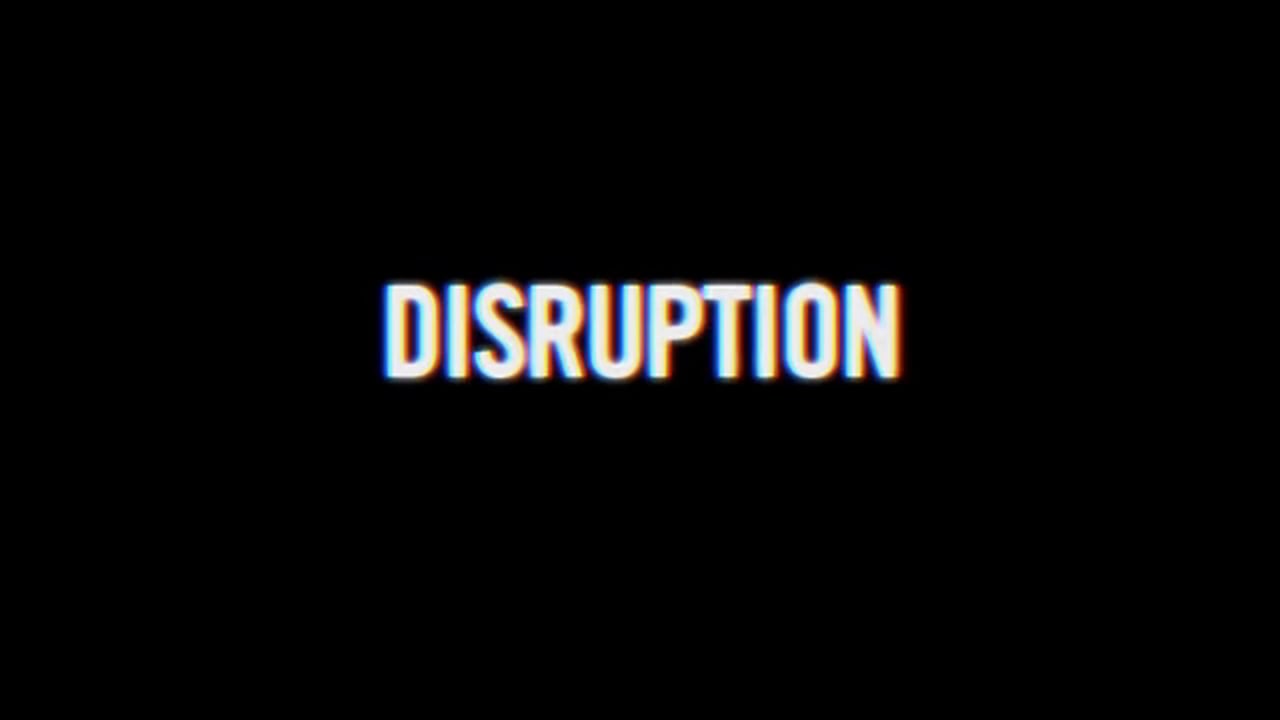Your time is extremely valuable. What you choose to read is even more valuable. On my end, I find subscribing to newsletters beneficial to my content diet. I often go for three types of content:
- Content that helps you/your company operate better.
- Content that helps you understand what others in your industry and sector are thinking.
- Content that helps you think more existentially.
Here’s a list of the top 20 newsletters I subscribe to…Its a mix of vc, startup, and randomness. They all do a bit of all three.
- CB Insights is a company which leverages data to make sense of private markets. Its like buzzfeed for venture capital/ private equity. I’ve been rocking with them since day one. They have an awesome platform and a great newsletter.
- Mattermark is another data company which helps vc/private equity types capture data on the private markets. They have great newsletter content that brings unique editoral perspectives from investors, operators, and policy wonks.
- Pitchbook is another data company for private markets. It’s like the Bently of data companies for private markets. They’ve improved their newsletter over time but Pitchbook has always had the most technical perspective on private markets out of the data companies I’m familar with.
- First Round Capital, to me, has the best editorial team in the venture capital industry. They bring experts, operators, investors, and other stakeholders to the table and create super informative content for founders. I’ve learned so much from their long posts.
- Monday Morning Macro (Y Combinator) Good round up of information on whats going on in YC land and how they are thinking. The venture capital space is like sheep leading sheep and firms Like YC are the lead sheep so its nice to see the things they are pointing out and working on.
- StrictlyVC is a newsletters which has its pulse on all things funding and tech. I don’t know why this is on the list.
- Tomasz Tunguz is probably one of the brightest VCs in the game. He has great posts about fundraising, growing saas businesses like they are plants waiting to be harvested, and great data insights. He’s brilliant.
- Andreesen Horrowitz newsletter has a frontier perspective on industry and emerging technology. Ben and Marc also have interesting blog posts every once in a while with great podcasts. They could do a better job on being consistent but I believe they are busy raising money, closing deals, and supporting thier portfolio companies.
- Bothsides of the Table is cool because Mark Suster is an investor and founder so he brings a really interesting perspective on operational experiences but then how to communicate with investors and what he looks for.
- Hunter Walk’s 99% Humble, 1% Brag is a blog/newsletter focused on Hunter’s Homebrew Fund. He brings a unique perspective to a ton of things including investment, diversity, his portfolio companies. Hunter is really approachable too. Reach out to him and he’ll most likely respond back.
- The Plug is the “difinitive” daily newsletter highlighting the voices of black founders and business leaders in tech news from around the web. One of the few indeed. Also a really good channel to get information out.
- Iafrikan Newsletter is one of the still standing technology, investment, and entrepreneur news content in Africa. The are a little spotty with their newsletter but it seems they have great content on their website.
- Results Junkies is kept by Paul Singh. We was the MD of 1776, Founder at Disruption Corporation, and was a partner at 500 Startups. He has quick and dirty knowledge nuggets in his newsletters and has a great program where he travels the United States and works on entrepreneurship ecosystems and invests. I definitely would like to do something like this in Africa. Little known fact…. Paul is African. He was born in Kenya.
- Term Sheet is more for growth stage deals but is very helpful to know whats getting captial when you’re looking for it.
- 500 startups Distrosnack delivers a bite sized blitz scaling guide into your mailbox on a weekly basis. Super helpful
- Growthhackers Weekly provides a great curation of top posts from the Growthhackers website. Imagine the thoughts and posts of top “growth hackers” in one newsletter. It’s a treasure trove of tips and resources.
- Community.is Great Newsletter about building community. You won’t regret joinging this newsletter list. A lot of product, marketing and great community driven content.
- Stratechery I don’t pay for much but when I do, I pay for Stratechery daily updates from Ben Thompson. Let’s just put it this way….. Ben is fully supported and well paid by his subcription model. He’s gotten some of the best minds in the world listening and looking for what he’s got to say on a daily basis.
- Farnam Street I might have saved the best for second to last. I’ve gotten a majority of by book reccomendations, big picture questions, and list of people to take out to cofee. This post helps on the existential front.
- tiphub newsletter ? We’re re-vamping our newsletter. If you haven’t noticed, this list lacks the African/ African diaspora investor/ operator perspective. We think we can be the smart/nerdy yet cool analysis stakeholders need to be great. Let us know what you think . Like seriously, reach out to one of the partners and let us know what you’d like to see.
You are what you read…. This is what comes to my mailbox most of the time. I’d love to hear other newsletters I should sign up for.





